Epoxy Resins for Semiconductor Packaging Assemblies
Resolve Moisure and Heat Challenges

The performance of a semiconductor depends greatly upon the strength of its packaging assembly. Without a durable, reliable and efficient packaging assembly, the semiconductor is susceptible to corrosion, heat, moisture and physical impact as well as weakened connections to external circuits.
To ensure the protection of the device, many semiconductor packaging assemblies are composed out of an industrial-strength epoxy compound that provides physical protection and mechanical strength as well as a number of desired performance properties based on the application or the physical location of the semiconductor in the finished device.
Epoxy resins are the main component of durable epoxy compounds used in semiconductor packaging assemblies. Therefore, the properties of the epoxy resins directly determine the performance and features of the final semiconductor packaging assembly. Naphthalene- and dicyclopentadiene-based epoxy resins are typically utilized in these packaging assemblies due to their exceptional performance in demanding applications. These epoxy resins are regarded as high-performance chemistries due to their high heat resistance, water resistance, ductility and bonding in demanding applications, such as semiconductor packaging, molding materials, electrical laminates and aerospace applications.
Moisture and heat are the primary concerns of epoxy compound formulators, as both can destroy the semiconductor, warp the finished device and even catch fire. While standard semiconductors feature aluminum heat sinks, the packaging assembly must be able to withstand excessive internal heat waste buildup and possibly even heat from the external environment. Semiconductor packaging assemblies must also be able to withstand moisture or risk destruction of the finished device.
The semiconductor packaging assembly requires immense durability and must be able to withstand a multitude of elements at the same time. Two new multifunctional naphthalene-based epoxy resins and one new dicyclopentadiene-based epoxy resin from Sun Chemical Advanced Materials will be the focus of this article. These resins have been optimized for the development of semiconductor packaging with extremely high glass transition temperature and modulus as well as low melt viscosity, dielectric constant and moisture absorption.
A Novel, High-Modulus Epoxy Resin
Typically, naphthalene-based epoxy resins deliver high flame retardancy, but the two new naphthalene-based epoxy resins, which will hereto be referred to as Epoxy Resin N1 and Epoxy Resin N2, also exhibit exceptionally high glass transition temperature (Tg). When utilizing a phenol novolac hardener and a triphenylphosphine catalyst, Epoxy Resin N1 features a Tg of 181 °C according to dynamic mechanical analysis, the most precise method of Tg testing.
Although Epoxy Resin N1 delivers a lower Tg than N2, it features higher mechanical properties, especially high modulus when utilizing a diamino-diphenylsulfone curing system. Figure 1 and Figure 2 detail the high tensile and flexural strength of Epoxy Resin N1 when compared to a bisphenol A (BPA) epoxy resin and a tetrafunctional epoxy resin.
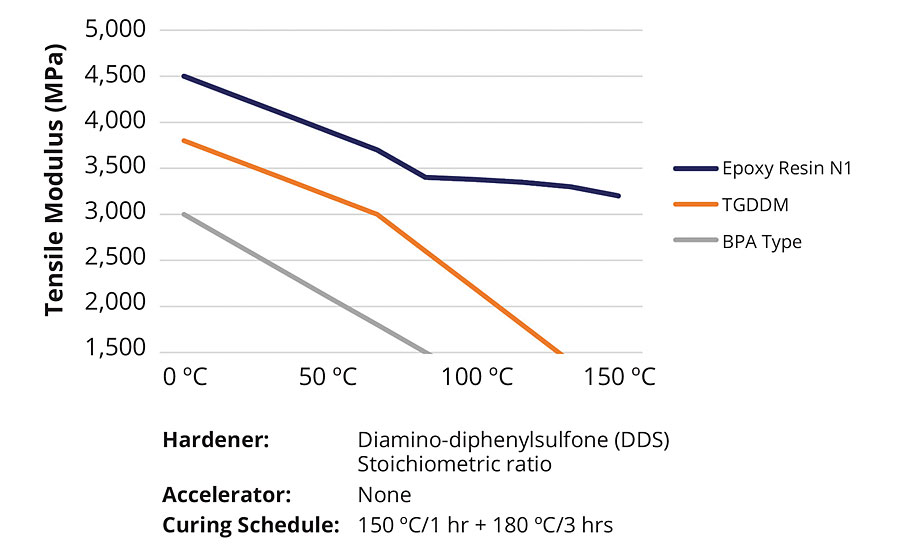
FIGURE 1 » Tensile strength of Epoxy Resin N1.
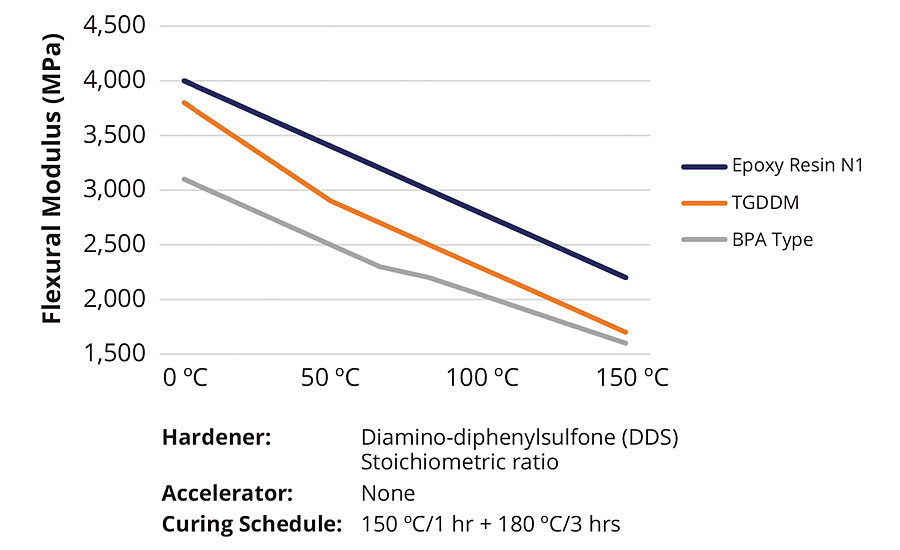
FIGURE 2 » Flexural strength of Epoxy Resin N1.
In addition to semiconductor packaging applications, Epoxy Resin N1 is optimized for use in semiconductor encapsulants, advanced composite materials, copper clad laminates (CCL), various films and adhesives. A summary of the general performance properties of Epoxy Resin N1 is listed in Table 1.

TABLE 1 » Properties of Epoxy Resin N1.
New, Multipurpose Epoxy Resins
There are many high-performance naphthalene-based epoxy resins that can be utilized in semiconductor packaging assemblies, but relatively few deliver the range of properties available in Epoxy Resin N2. Similar to Epoxy Resin N1, N2 delivers an exceptionally high Tg of 196 °C, but also low melt viscosity, low thermal expansion, low moisture absorption, good solubility and high adhesive strength.
As detailed in Table 2, Epoxy Resin N2 has a lower melt viscosity, lower thermal expansion and higher Tg than a biphenyl aralkyl novolac epoxy resin. In addition, Epoxy Resin N2 is available in an alternative chemistry that features a lower softening point and lower melt viscosity - this version of Epoxy Resin N2 is ideal for semiconductor encapsulants, copper clad laminates CCL and more.
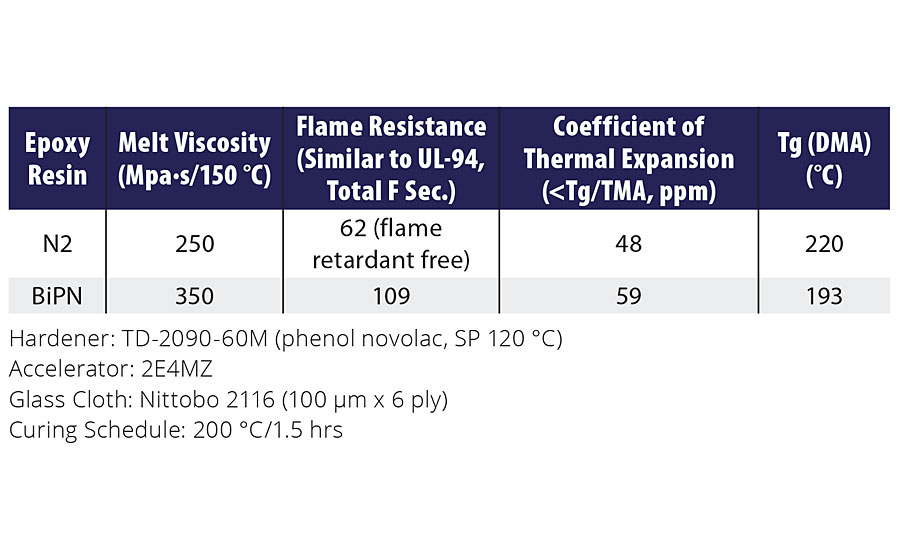
TABLE 2 » Melt viscosity, flame retardance, CTE and Tg of Epoxy Resin N2 vs. BiPN.
Epoxy Resin N2 is a convenient and versatile option for formulators of epoxy systems for semiconductor packaging assemblies in demanding applications. The properties of the standard Epoxy Resin N2, which are ideal for semiconductor packaging assemblies, are listed in Table 3.
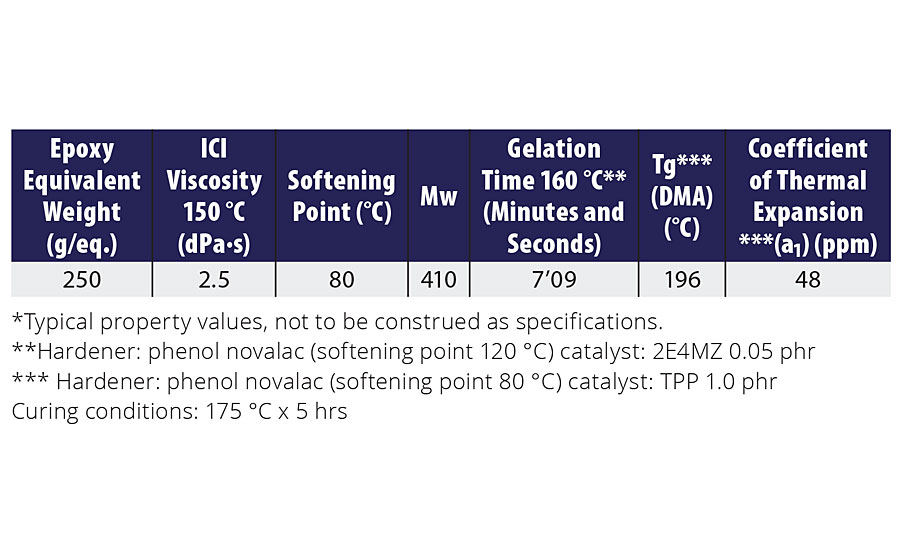
TABLE 3 » Properties of Epoxy Resin N2.*
Innovative Epoxy Resins for Ultralow Moisture Absorption
Unlike Epoxy Resin N1 and N2, the new dicyclopentadiene-based epoxy resin does not feature high Tg or flame retardancy. The new dicyclopentadiene-based resin will be referred hereto as Epoxy Resin D1.
Instead, Epoxy Resin D1 is optimized for semiconductor packaging assemblies requiring low moisture absorption, low dielectric constant (Dk) and low dissipation factor (Df). Low Dk and low Df values keep the semiconductor packaging assembly from conducing electricity and minimize the possibility of destroying the entire finished device.
In addition, Epoxy Resin D1 features some heat resistance and low thermal expansion properties that are typical of dicyclopentadiene-based chemistries. This lowers the risk of warping and destroying the finished device.
As detailed in Table 4, Epoxy Resin D1 is available in five varieties, with moisture absorption percentages ranging from 0.90% to 1.07% under 85 °C temperatures and 85% relative humidity for 300 hrs. These five chemistries are referred to as Epoxy Resin D1, D1a, D1b, D1c and D1d in Table 4.
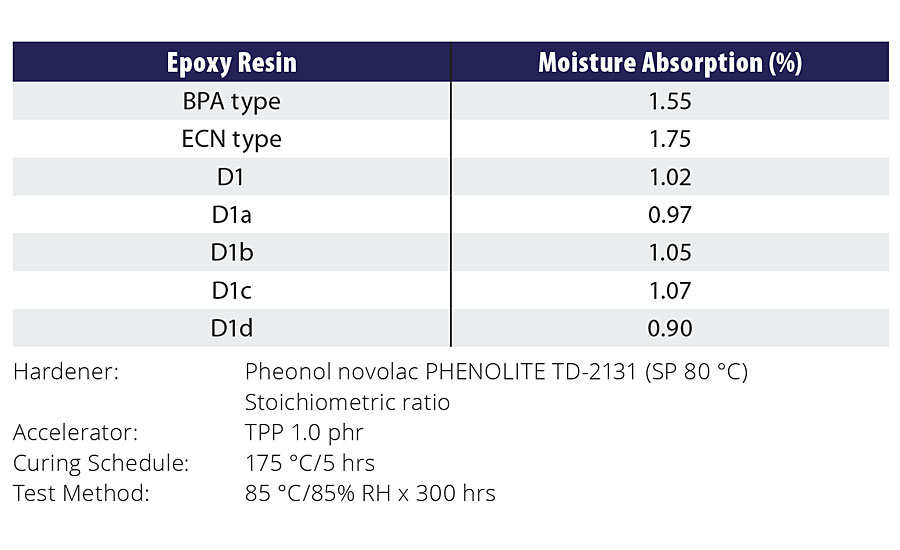
TABLE 4 » Moisture absorption of Epoxy Resin D1.
When compared to BPA and epoxy cresol novolac resins, Epoxy Resin D1 has a considerably lower moisture absorption percentage at nearly half the value. As expected, the versions of Epoxy Resin D1 with lower moisture absorption rate also exhibit exponentially higher melt viscosities, softening points and epoxy equivalent weight, as seen in Table 5.
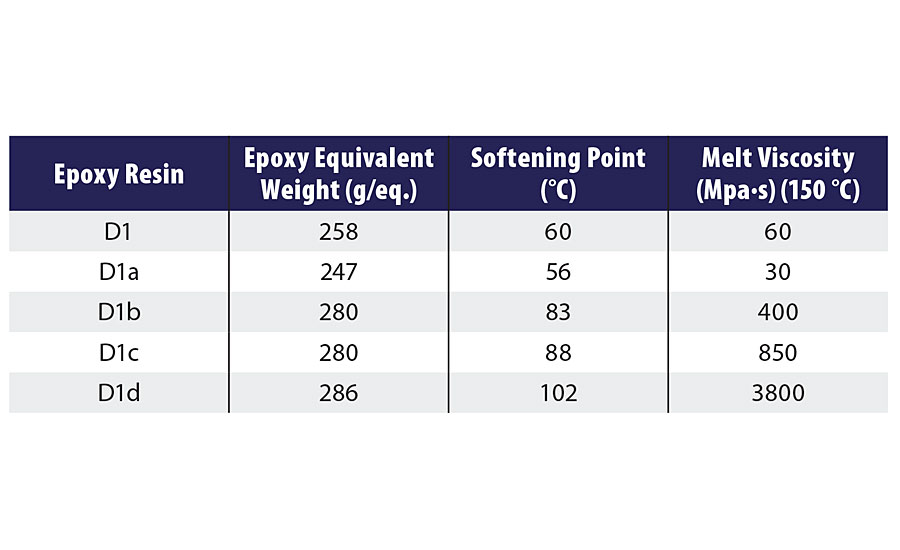
TABLE 5 » Properties of Epoxy Resin D1.
The five different chemistries of Epoxy Resin D1 are optimized for a variety of applications, including semiconductor encapsulants, films, adhesives and advanced composite materials. In addition, the various types of Epoxy Resin D1 contain varying levels of volatile compounds to meet the requirements of global regulatory bodies.
Conclusion
Semiconductor packaging assemblies require immense durability to protect the finished device from heat, physical impact, warping, static electricity and moisture. Therefore, formulators of epoxy compounds for semiconductor packaging assemblies require epoxy resins that deliver multiple performance characteristics that are dependent upon the requirements of the application or location of the finished device.
These three new epoxy resins solve multiple challenges of semiconductor packaging assemblies at the same time.
The two new naphthalene-based epoxy resins referred to as Epoxy Resin N1 and N2 both deliver exceptionally high heat resistance and high Tg, but vary greatly in other properties. Epoxy Resin N1 delivers very high modulus, making it ideal for applications that require toughness and flexibility. Industrial electronics and construction equipment, for example, must resist physical contact and years of heavy use.
Conversely, Epoxy Resin N2 delivers the highest Tg of all the resins detailed in this article, but is also the most versatile, bringing an impressive number of performance capabilities, including low melt viscosity, low thermal expansion, low moisture absorption, good solubility and high adhesive strength. Epoxy Resin N2 is ideal for a number of applications, making it an all-around choice for durable and cost-effective semiconductor packaging assemblies.
The all-new dicyclopentadiene-based epoxy resin, referred to as Epoxy Resin D1, is ideal for naval electronics, locations with high humidity, and for semiconductors that feature unusual electrical characteristics due to its low moisture absorption, low dielectric constant and low dissipation factor characteristics.
For more information, e-mail mark.edwards@sunchemical.com.
Looking for a reprint of this article?
From high-res PDFs to custom plaques, order your copy today!








